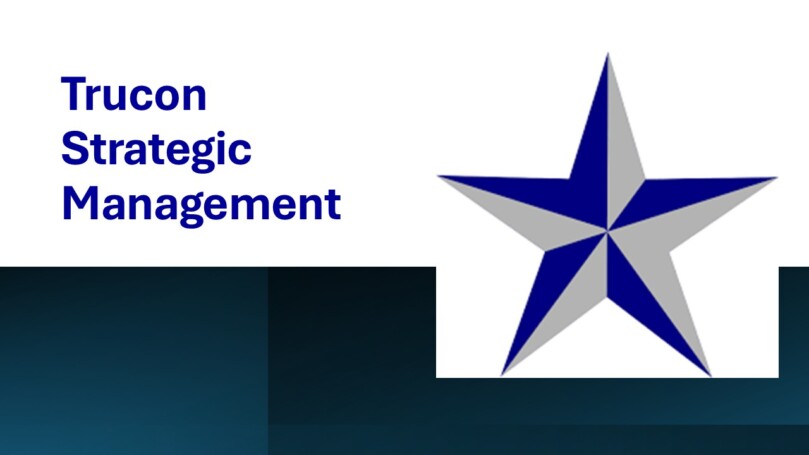Strategic Consulting
Stop wondering what to do next. Make the right moves that moves your business forward with someone in your corner who knows business strategy.

Strategy consulting must by necessity begin with some degree of analysis.
As a business owner or senior manager, you may know your issues and simply need an outside look to help clarify some corrective action steps.
Strategic Analysis Steps

Running a business is hard. You’re juggling a million things every day.
This newsletter cuts through the noise. Get practical advice you can actually use. Not just theory or corporate jargon.Each newsletter shows you how to make smarter decisions.
However, the issues may be more obscure.
In that case, it is best to start with a strategic business analysis. Follow that by a thorough literature search. This a a significant step in obtaining current, cutting edge information about your issue for relatively low cost. The third step is to conduct qualitative (interviews, personal polls) research inside and outside the company with qualified individuals.
Next, conduct quantitative research (metrics, numbers and statistics) inside the company
Analyze all the information to create an objective perspective about the issue. Then develop a GAP document detailing the desired performance versus the current performance. The sixth step is to develop action plans to achieve the desired change.
Business strategy is important because it is the foundational role for a company’s success
It helps leaders set organizational goals and provides a competitive edge. It involves various factors, including the pricing of goods and services, sourcing of materials, employee recruitment, and resource allocation. In contrast, Strategic Management is the process of defining and implementing procedures and objectives that aids in creating a competitive edge. This may include formulating strategy, planning organizational structure, resource allocation, leading change, and controlling processes and resources

You Deserve a Guide You Can Trust.
I’m Dr. Gary D. Seale. I’ve spent 50 years building real businesses–manufacturing, distribution, B2B services. National. International. The messy kind.
That’s exactly why I built Trucon.
I believe in one thing: Truth and Conscientiousness.
No fluff. No corporate speak. Just clear research. Real insights…you know, the kind of advice that actually moves the needle.
Which is why I focus on small and mid-sized businesses because that’s where the real hustle is. You don’t need a Fortune 500 playbook. You need someone who gets what it’s like to run lean, stay sharp, and win anyway.
